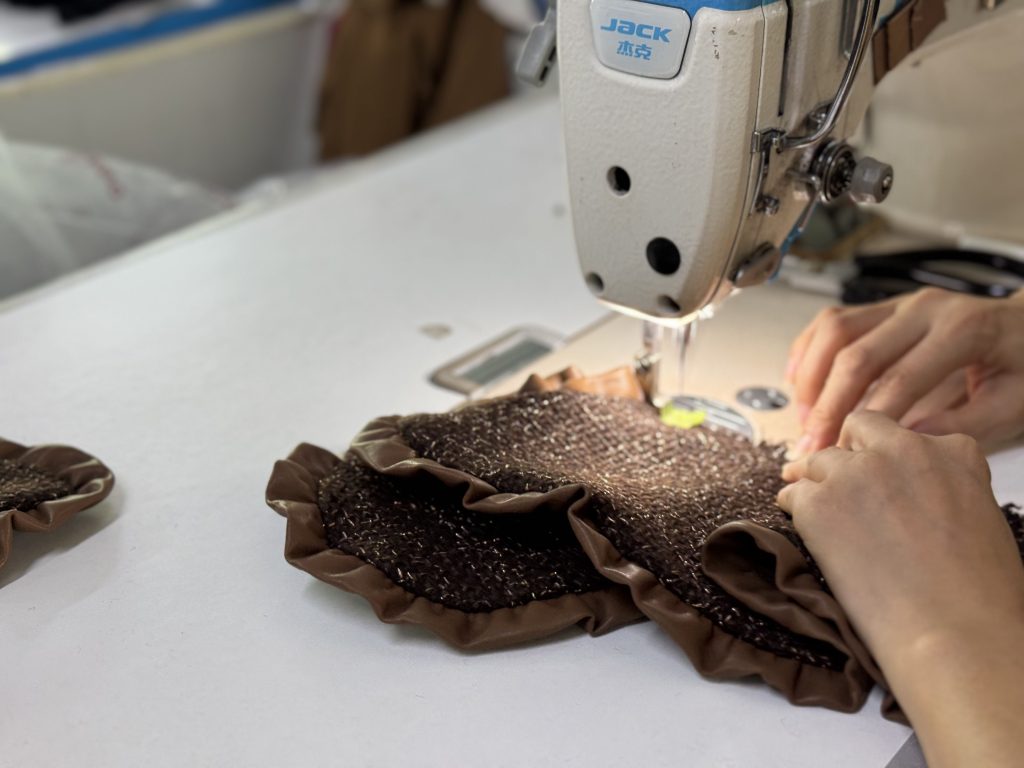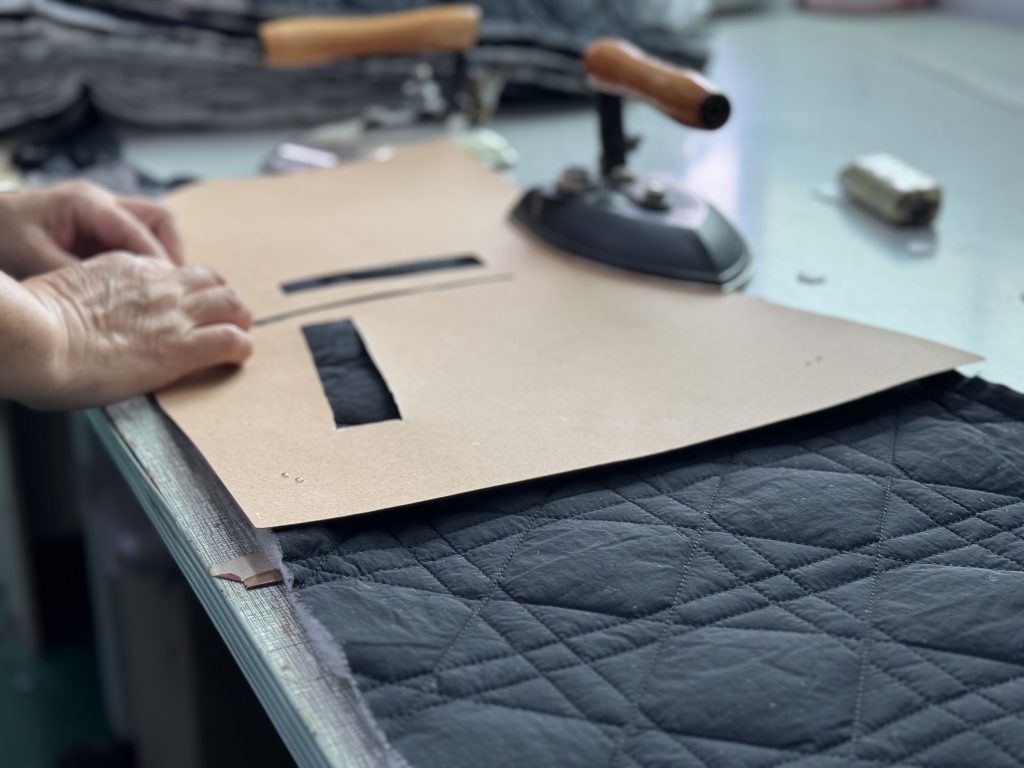Unpacking the Challenges and Costs of Size Inclusivity in Apparel
At D&J, we believe in creating fashion that fits all body types, but we also understand the complexities and challenges behind size inclusivity. Here’s a comprehensive look at why size inclusivity isn’t always straightforward and how we approach it.
The Origins of Standardized Sizing
Standardized sizing was developed to help consumers choose the right fit, but it has always been imperfect. Originally based on average measurements, it often fails to accommodate diverse body shapes, leading to issues in fit and comfort.
The Challenges of Inclusive Sizing
- Waste and Environmental Impact: Producing a wide range of sizes without historical sales data can result in significant waste. Unsold garments contribute to deadstock, which is neither economically nor environmentally sustainable.
- Increased Costs: Developing patterns for extended sizes requires significant investment. Brands often face financial challenges in creating plus-size and petite ranges, impacting the overall quality of these products.

Our Approach at D&J
- Thoughtful Production: We start with core sizes and expand based on demand, ensuring we produce only what our customers need.
- Specialization: Rather than offering a one-size-fits-all approach, we specialize in certain body types, ensuring a perfect fit and high-quality product for our target customers.
- Sustainable Practices: We focus on minimizing waste and using eco-friendly materials, aligning with our commitment to ethical fashion.
At D&J, we strive to balance inclusivity with sustainability, providing our customers with well-crafted garments that reflect our dedication to quality and environmental responsibility. Visit our website to learn more about our values and explore our latest collections.
kno072024-01
Google: D&J Fashion Manufacturer
Leave us a Google Review
Facebook: dnjfashionofficial
Instagram: dnj_fashion_official
Linkedin: D&J Garment Manufacturing and Supply Chain
Pinterest: dnjfashion
Youtube: @dnjfashion_official
Tik Tok: @dnj_fashion

